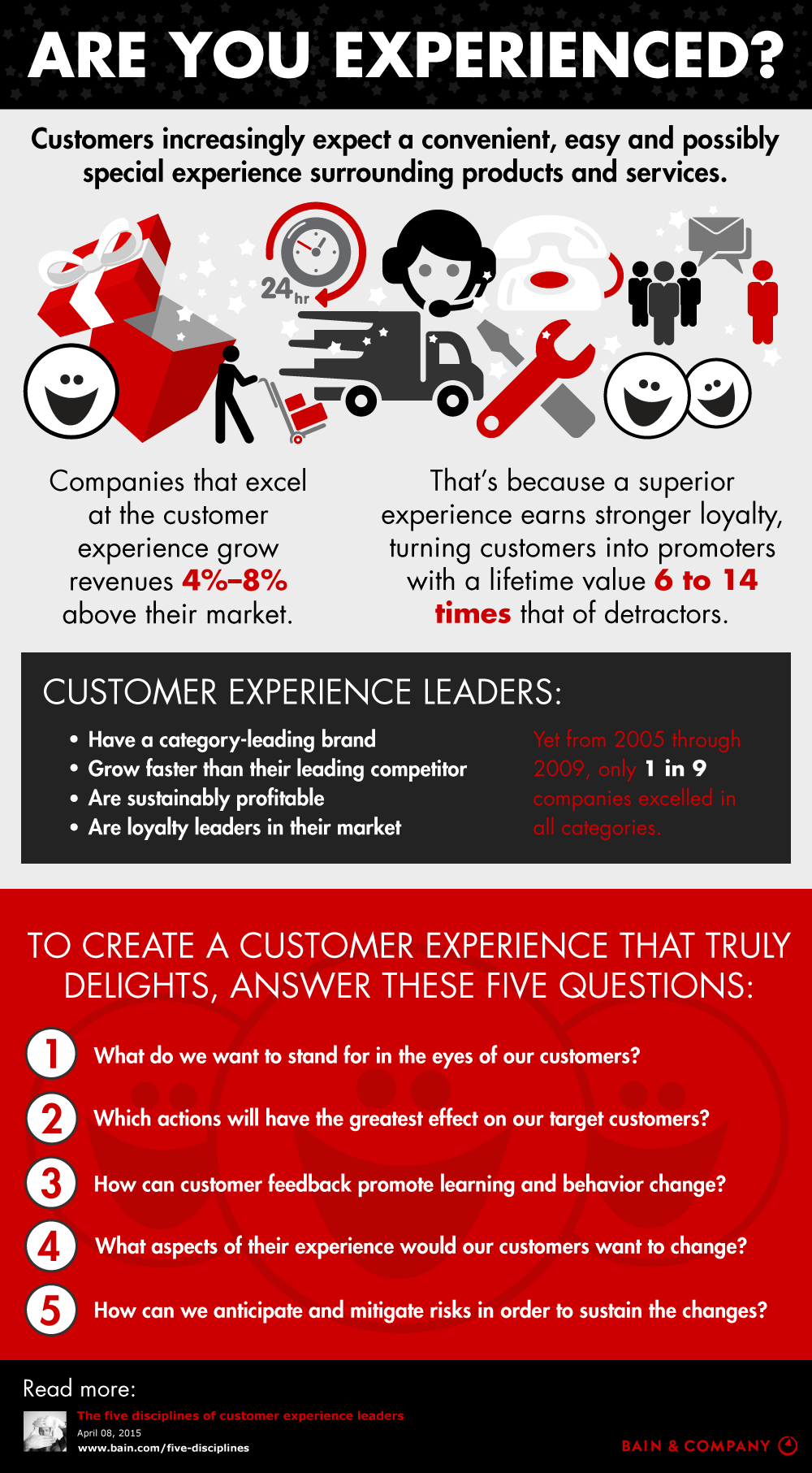Contact-Center Outsourcing5-minute read
Contact Center Return on Investment: How to Measure the ”Soft ROI”
In a tech-savvy marketplace where customers are more demanding than ever before, a sophisticated, high-functioning contact center has become a necessity for doing business.

Granted, implementing a truly effective, fully optimized contact center one that’s equipped with the latest technology and staffed with the best agents your industry has to offer is no easy task. It also can represent an expense you may sometimes find difficult to justify. After all, just what is it worth, in terms of return on investment (ROI), to put in the time and expense required to offer a truly superior customer experience?
Fortunately, there are established methods for calculating the return on investment for these efforts—your contact center ROI, in other words. For instance, when you give people the power to more easily interact with your business, you enable them to place more orders and give your agents more upselling opportunities. Both of those factors are easily measured in terms of sales growth.
There’s another aspect of contact center ROI, however, that may be less obvious: your “soft ROI,” or the more intangible benefits you get from investing in high-quality contact center services. Involving such factors as customer satisfaction and employee attrition, these are real benefits that can be measured, even if their impact on your bottom line is somewhat less obvious.
Yet, they’re no less important for that. Customer satisfaction, for instance, can be key to your operational growth. According to PricewaterhouseCoopers, “companies gain measurable benefits” when customers feel appreciated. And research from Bain & Company shows companies offering superior customer service can see revenue growth that’s up to 8% above their market.
“Companies offering superior customer service can see revenue growth that’s up to 8% above their market.” Share on X

Source: https://www2.bain.com/infographics/five-disciplines/.
What that in mind, let’s take a look at some of the soft ROI metrics that a high-quality contact center can generate, and how you can measure them.
3 “Soft ROI” Metrics for Your Contact Center
1. Customer satisfaction. Making it easy and convenient for customers to contact you increases the satisfaction they feel with your brand, which in turn boosts their sense of loyalty and makes them less likely to jump ship to a competitor. It also makes them more likely to recommend your business to their friends and families.

Making it easy and convenient for customers to contact you increases the satisfaction they feel with your brand.
Source: www.shutterstock.com.
Investing in a high-quality contact center accomplishes this by giving customers the option to quickly contact you using their channel of preference, whether that’s voice, email, chat, social or any of a number of other methods. (If you’re not sure what channels your customers prefer, you can determine this either by implementing contact center analytics, or simply by asking them via a survey.)
Contact center optimization also helps boost customer satisfaction by making sure the representatives of your company are helpful and friendly, resolving inquiries or complaints in a satisfying way. It also helps ensure that the tech your customers deal with—be it your online shopping cart, live chat function, or any other aspect—is as free as possible from operational errors or other frustrations.
How to measure it? There are a number of ways to measure customer satisfaction, such as the Net Promoter Score (NPS)® or customer satisfaction score (CSAT). Find the one that best matches your needs, and make sure it’s integrated into your contact center metrics.
2. Worker satisfaction. By investing in an efficient contact center, you’re also increasing the odds that agents who work for you will be more satisfied with their jobs. And that, in turn, helps reduce the turnover rate of employees and contractors, which can directly affect your bottom line by lowering your labor spend.

By investing in an efficient contact center, you’re also increasing the odds that agents will be more satisfied with their jobs.
Source: www.shutterstock.com.
An optimized contact center makes smarter use of technology, which can improve agents’ day-to-day lives by more efficiently sorting incoming calls and resolving the simplest inquiries with automated functionality. The best solutions also make use of innovations in contact center education to make sure that agents are engaged and given the chance to continuously grow.
What’s more, a high level of worker satisfaction will transfer to their interactions with your customers, too. So, you can also improve CSAT by giving your employees and contractors the best possible contact center workplace, be it in office or remote.
How to measure it? As with customer satisfaction, worker satisfaction can be measured via surveys or other sources of voluntary feedback. The most effective measurement, however, may simply be keeping track of your attrition rate.
3. Sales and marketing. A truly optimized contact center can act as a force multiplier for your sales and marketing efforts, giving you valuable enhancements without your having to spend a penny more. Even better, it’s done unobtrusively, in a way that customers legitimately appreciate because it’s based on their past purchases and preferences.

A truly optimized contact center can act as a force multiplier for your sales and marketing efforts.
Source: www.shutterstock.com.
For instance, contact center analytics gives your agents the information to more effectively upsell and cross-sell. And entire email marketing campaigns can be built on intelligent assessment of your existing communications, such as suggested response, which scans your communications for specific keywords and then provides automated messaging to those customers most likely to respond to a certain offer.
These methods of better matching the right offers to the right customers not only help boost your sales and marketing efforts, but they also nurture satisfaction and loyalty by minimizing irrelevant and unhelpful messages. And, as we’ve seen, boosting brand loyalty often leads to more customer recommendations—which may be the best kind of marketing there is.
How to measure it? Upselling and cross-selling efforts are fairly easy to gauge, and should be included in the contact center analytics you regularly measure. And by giving customers the option to say how they heard about your company, you can track how many of them are being referred not by your own marketing efforts but by the recommendations of people they know.
So, What Contact Center ROI Should You Be Measuring?
Whether it involves hard-and-fast, bottom-line stats, such as sales and conversions or some of the “soft ROI” metrics we’ve just discussed, the specific contact center ROI that best measures your success will always vary a bit. It will depend on the industry in which you operate, the market served and your own business goals.
And if you’re wondering how to pinpoint those metrics, you’ve come to right place. As one of the industry’s longest-running contact center solutions providers, Working Solutions has helped businesses of all types define their ideal contact center ROI metrics—and then meet them—for well over 20 years.

Learn more about how we can help you implement the contact center strategy that works best for you.
Contact us.
This Might Interest You...
This website uses cookies to personalize and improve your experience. Continue browsing our site if you agree to our Cookie Policy or feel free to Manage Cookies yourself.


